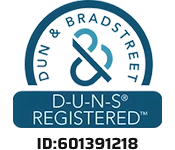Pad Printing
- Home
- Surface Finishing
- Pad Printing
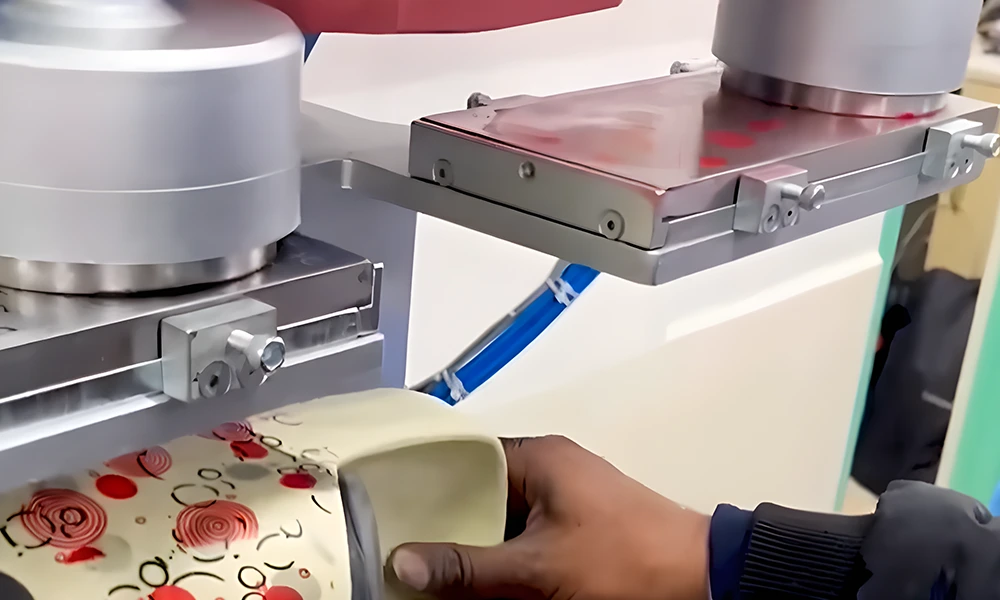
What's Pad Printing?
Pad printing refers to etching the pattern to be printed onto a steel plate (steel sheet). The pad printing machine uses an oil roller to coat the plate, and a blade assembly descends to scrape off the excess ink from the non-etched areas of the plate, returning the ink to the ink well. The pattern is then transferred entirely onto the substrate through the adhesion properties of the silicone pad, completing the entire printing process.
Pad printing can print large-area patterns and is particularly suitable for irregularly shaped, uneven workpieces. This feature is something that some other printing methods cannot achieve.
The pad printing surface treatment for the parts provided by FirstMold comes from our supplier, with whom we have been working for eleven years, and the prices are fair. We do not offer separate pad printing services. If you have a parts manufacturing order with FirstMold, we can provide the corresponding pad printing surface treatment.
Pad Printing Showcase
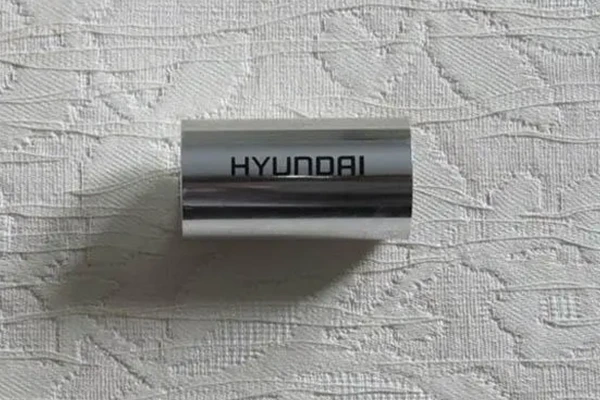
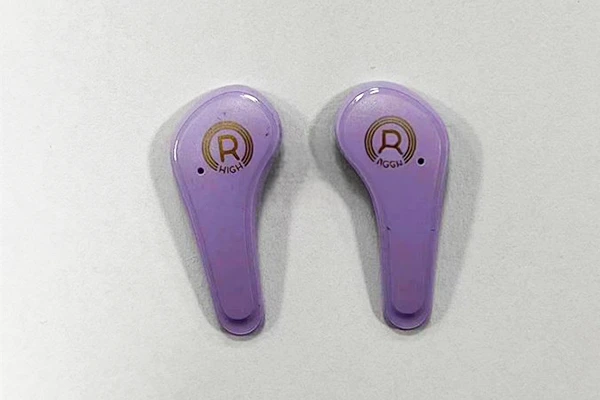
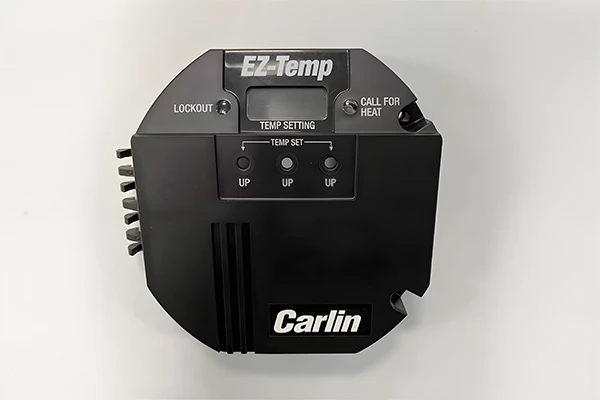
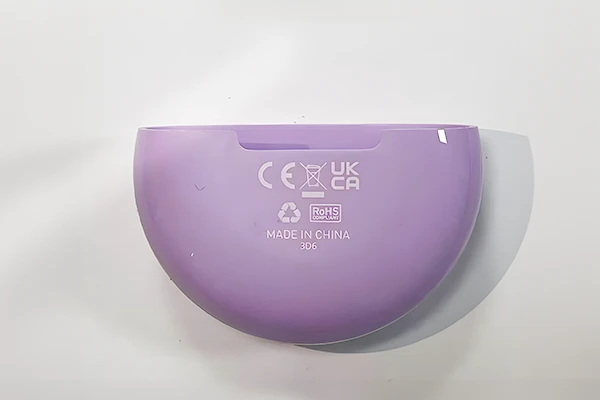
Advantages of Anodizing for Your Product
Strong Color Performance
Pad printing has a relatively thin ink layer, allowing it to print color overlays on any surface, demonstrating excellent color performance and printing adaptability, also known as universal printing.
Wide Application Range
Pad printing is generally used on workpieces with grooves, backs, and other areas where screen printing cannot be applied. Due to the absence of mesh limitations in screen printing, pad printing offers relatively higher pattern precision. Additionally, since the pad printing machine is an automatic device with high precision, it can perform color overlay printing.
Easy Operation
The equipment operates fully automatically, and pad printing is fast, making it suitable for mass production.
Comparison of Prices for Different Printing Surface Treatment Processes
| Printing Process | Description | Price |
|---|---|---|
| Laser Engraving | Uses laser beams to engrave patterns, text, or images. | $$ |
| Screen Printing | Uses a screen to transfer ink onto a substrate. | $ |
| Hot Stamping | Uses heat and pressure to transfer a foil or ink onto a surface. | $$$$ |
| Water Transfer Printing | Uses a water-soluble film to transfer patterns onto objects. | $$$$$ |
| Pad Printing | Uses a silicone pad to transfer ink onto a surface. | $$$ |


